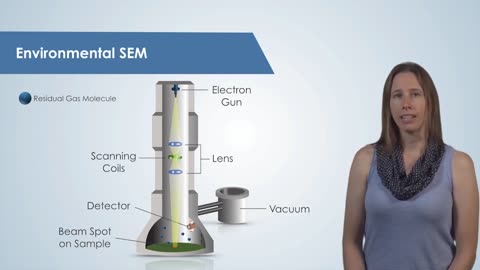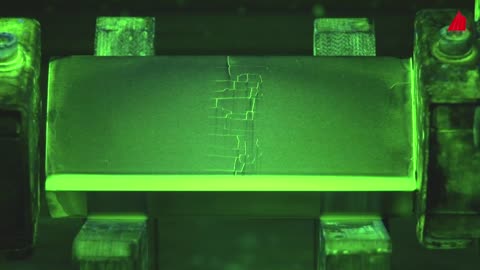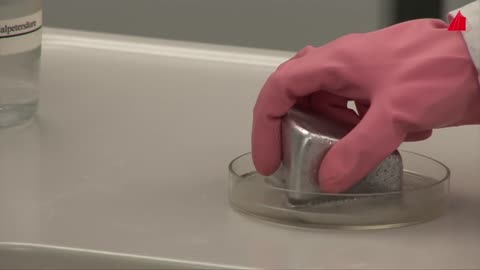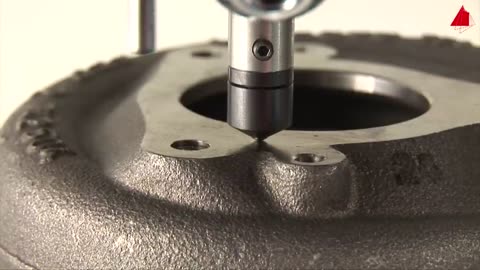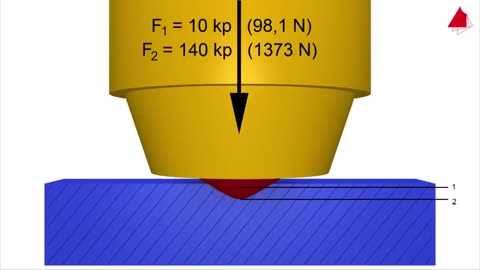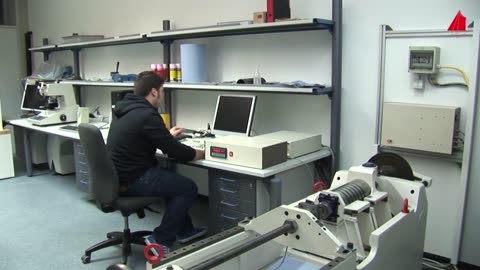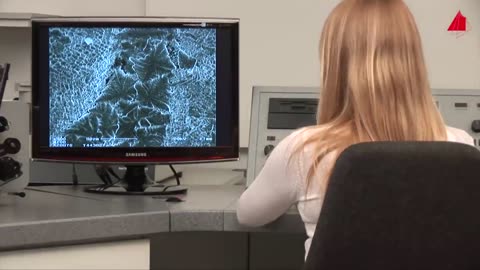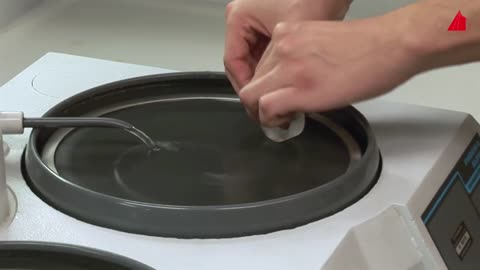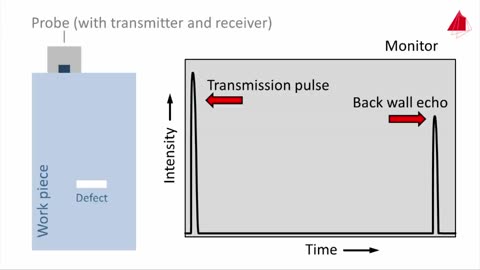Premium Only Content
This video is only available to Rumble Premium subscribers. Subscribe to
enjoy exclusive content and ad-free viewing.
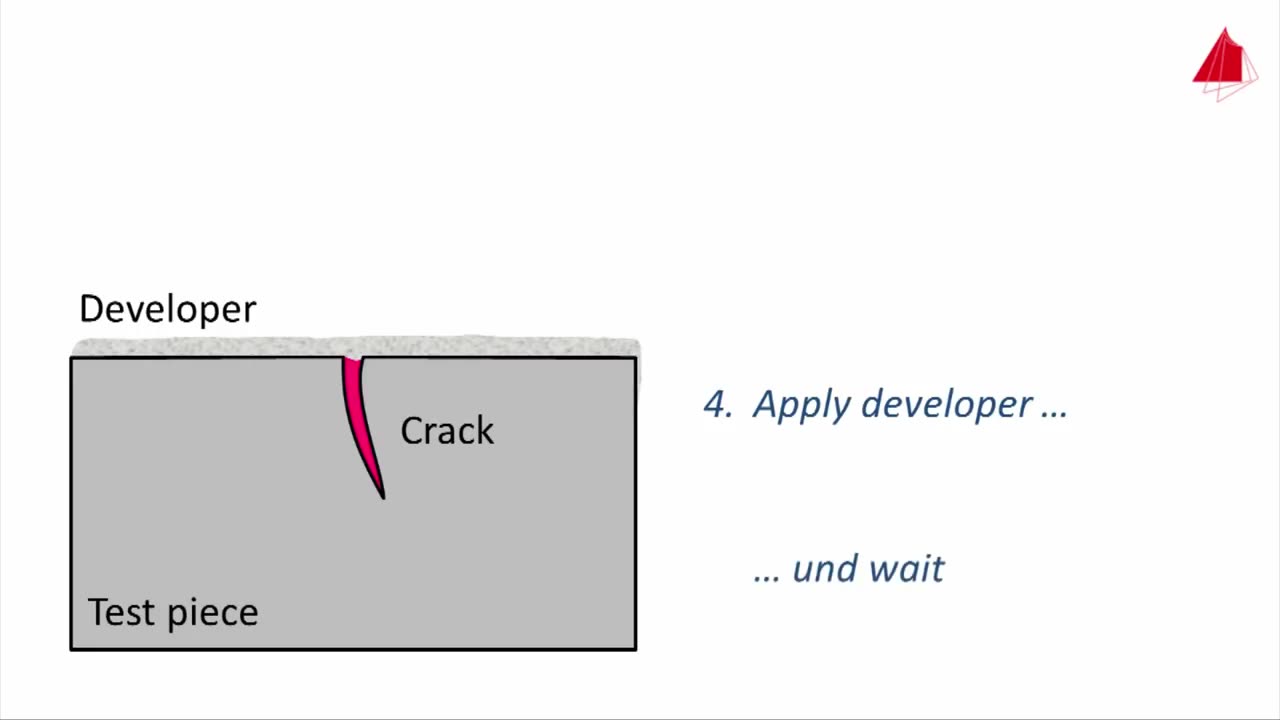
Material Science
F5Tornado
- 8 / 17
1
The Steel Making Process From Start to Finish - Material Science
R
Rumblestuff
The Steel Making Process From Start to Finish
Steel is an alloy of iron and carbon with improved strength and fracture resistance compared to other forms of iron. Because of its high tensile strength and low cost, steel is one of the most commonly manufactured materials in the world. Steel is used in buildings, as concrete reinforcing rods, in bridges, infrastructure, tools, ships, trains, cars, bicycles, machines, electrical appliances, furniture, and weapons.
Iron is always the main element in steel, but many other elements may be present or added. Stainless steels, which are resistant to corrosion and oxidation, typically need an additional 11% chromium.
Steel is primarily produced using one of two methods: Blast Furnace or Electric Arc Furnace.
The blast furnace is the first step in producing steel from iron oxides. The first blast furnaces appeared in the 14th century and produced one ton per day. Even though equipment is improved and higher production rates can be achieved, the processes inside the blast furnace remain the same. The blast furnace uses coke, iron ore and limestone to produce pig iron.
Coal traditionally has been a key part of the coke-making process. The coal is crushed and ground into a powder and then charged into an oven where it is heated to approximately 1800°F in the absence of oxygen. As the oven is heated, the coal begins to melt so most of the volatile matter such as oil, tar, hydrogen, nitrogen and sulfur are removed. The cooked coal, called coke, is removed from the oven after 18 to 24 hours of reaction time. The coke is cooled and screened into pieces ranging from one inch to four inches. The coke is a porous, hard black rock of concentrated carbon (contains 90 to 93 percent carbon), which has some ash and sulfur but compared to raw coal is very strong. The strong pieces of coke with a high energy value provide permeability, heat and gases which are required to reduce and melt the iron ore, pellets and sinter. Today, natural gas is increasingly being added in place of coke to the same degree in the blast furnace to reduce carbon emissions
https://www.steel.org/steel-technology/steel-production/
1
comment
2
Cast iron pan manufacturing process
R
Rumblestuff
Cast iron pan manufacturing process. Metal foundry in South Korea
3
Making a Caterpillar Engine Block at the Mapleton, IL Foundry
R
Rumblestuff
Watch how employees at the Caterpillar Foundry in Mapleton, Illinois, turn recycled scrap into high-strength cast iron blocks for Caterpillar engines.
1.73K
views
3
comments
4
Introduction to the Scanning Electron Microscope (SEM)
F5Tornado
Introduction to the Scanning Electron Microscope (SEM)
A scanning electron microscope (SEM) is a type of electron microscope that produces images of a sample by scanning the surface with a focused beam of electrons. The electrons interact with atoms in the sample, producing various signals that contain information about the surface topography and composition of the sample. The electron beam is scanned in a raster scan pattern, and the position of the beam is combined with the intensity of the detected signal to produce an image. In the most common SEM mode, secondary electrons emitted by atoms excited by the electron beam are detected using a secondary electron detector (Everhart–Thornley detector). The number of secondary electrons that can be detected, and thus the signal intensity, depends, among other things, on specimen topography. Some SEMs can achieve resolutions better than 1 nanometer.
More Material Science Videos
https://rumble.com/playlists/QExVxeOAGck
1
comment
5
Magnetic Particle Inspection: Material Science
F5Tornado
Nondestructive Testing - Magnetic Particle Inspection
- Basic principle
- Preconditions
- Practical Procedure
More Material Science Videos
https://rumble.com/playlists/QExVxeOAGck
6
Vickers Hardness Test - Material Science
F5Tornado
Basic principle and practical procedure of the Vickers hardness test
- Testing machine, test piece, diamond pyramid indenter
- Basic principle, hardness definition and practical procedure
value
More Material Science Videos
https://rumble.com/playlists/QExVxeOAGck
7
Metallography - Macroscopic Techniques - Material Science
F5Tornado
Metallography -- Macroscopic Techniques
- Preparation of an ingot and a piston: sawing, grinding and etching
- Individual grains are visible
- Preparation of several steel specimens: flame hardened tooth of a gear wheel, induction hardened cylindrical shaft, induction hardened splined shaft, case hardened tooth of a gear wheel, weld joint
- Weld pass structure and heat treated zones and are visible
More Material Science Videos
https://rumble.com/playlists/QExVxeOAGck
Dye Penetrant Inspection - Material Science
F5Tornado
Dye Penetrant Inspection
- Basic principle
- Practical procedure
- Pros and cons
More Material Science Videos
https://rumble.com/playlists/QExVxeOAGck
2
comments
9
Brinell Hardness Test - Material Science
F5Tornado
Basic principle and practical procedure of the Brinell hardness test
- Testing machine
- Test piece
- Spherical indenter
- Basic principle
- Definition of the hardness value
More Material Science Videos
https://rumble.com/playlists/QExVxeOAGck
10
Rockwell Hardness Test: Material Science
F5Tornado
Basic principle and practical procedure of the Rockwell hardness test
- Testing machine, test piece, conical diamond indenter
- Basic principle, hardness definition, testing procedure
More Material Science Videos
https://rumble.com/playlists/QExVxeOAGck
1
comment
11
Fatigue Test - Material Science
F5Tornado
Fatigue Test
- Problem and practical relevance
- Specimen preparation
- Test procedure
- S-N curve
More Material Science Videos
https://rumble.com/playlists/QExVxeOAGck
12
Material Science: Eddy Current Testing
F5Tornado
Material Science: Eddy Current Testing
More material science videos
https://rumble.com/playlists/QExVxeOAGck
13
Tensile Test: Material Science
F5Tornado
Basic principle and practical procedure of the tensile test on ductile metallic materials
More material science videos
https://rumble.com/playlists/QExVxeOAGck
Tensile testing, also known as tension testing, is a fundamental materials science and engineering test in which a sample is subjected to a controlled tension until failure. Properties that are directly measured via a tensile test are ultimate tensile strength, breaking strength, maximum elongation and reduction in area. From these measurements the following properties can also be determined: Young's modulus, Poisson's ratio, yield strength, and strain-hardening characteristics. Uniaxial tensile testing is the most commonly used for obtaining the mechanical characteristics of isotropic materials. Some materials use biaxial tensile testing. The main difference between these testing machines being how load is applied on the materials.
14
The Scanning Electron Microscope: Material Science
F5Tornado
Scanning Electron Microscope
- Main components
- Basic principle
- Practical procedure
- Imaging of surfaces and chemical analysis
More Material Science Videos
https://rumble.com/playlists/QExVxeOAGck
15
Microscopic Techniques - Metallography - Material Science
F5Tornado
Metallography Microscopic Techniques
- Sectioning of a sample
- Wet grinding in several stages
- Polishing in several stages
- Etching
- Observation with a metallographic microscope
More Material Science Videos
https://rumble.com/playlists/QExVxeOAGck
16
Material Science: X-ray Inspection and Industrial Computed Tomography
F5Tornado
X-ray Inspection and Industrial Computed Tomography
- Practical relevance
- Basics and problems of X-ray inspection
- Fundamentals of Computed Tomography
- Filtered Back-Projection
More material Science videos
https://rumble.com/playlists/QExVxeOAGck
17
Ultrasonic Testing Basics: Material Science NDT
F5Tornado
Nondestructive Testing - Ultrasonic Examination
- Basic principles of sound propagation and reflection in materials
- Basics of ultrasonic testing procedures
Dye Penetrant Inspection - Material Science
Repost
8 months ago
78
Dye Penetrant Inspection
- Basic principle
- Practical procedure
- Pros and cons
More Material Science Videos
https://rumble.com/playlists/QExVxeOAGck
Loading 2 comments...
-
 2:22:06
2:22:06
WeAreChange
3 hours agoPSYOP Spreads: Drones Shut Down Airport In New York!
39.5K13 -
 1:31:18
1:31:18
Redacted News
5 hours agoEMERGENCY! NATO AND CIA ASSASSINATE TOP RUSSIAN GENERAL, PUTIN VOWS IMMEDIATE RETALIATION | Redacted
183K233 -
 56:45
56:45
VSiNLive
4 hours ago $4.64 earnedFollow the Money with Mitch Moss & Pauly Howard | Hour 1
51.6K2 -
 52:44
52:44
Candace Show Podcast
5 hours agoMy Conversation with Only Fans Model Lilly Phillips | Candace Ep 122
63K234 -
 UPCOMING
UPCOMING
tacetmort3m
5 hours ago🔴 LIVE - RELIC HUNTING CONTINUES - INDIANA JONES AND THE GREAT CIRCLE - PART 5
30.2K -
 26:52
26:52
Silver Dragons
3 hours agoCoin Appraisal GONE WRONG - Can I Finally Fool the Coin Experts?
23.5K2 -
 UPCOMING
UPCOMING
Bare Knuckle Fighting Championship
10 hours agoBKFC on DAZN HOLLYWOOD WARREN vs RICHMAN WEIGH IN
16K -
 6:49:16
6:49:16
StoneMountain64
7 hours agoNew PISTOL meta is here?
28.3K1 -
 20:58
20:58
Goose Pimples
9 hours ago7 Ghost Videos SO SCARY You’ll Want a Priest on Speed Dial
16K3 -
 2:24:59
2:24:59
The Nerd Realm
7 hours ago $2.61 earnedHollow Knight Voidheart Edition #09 | Nerd Realm Playthrough
33.9K2



